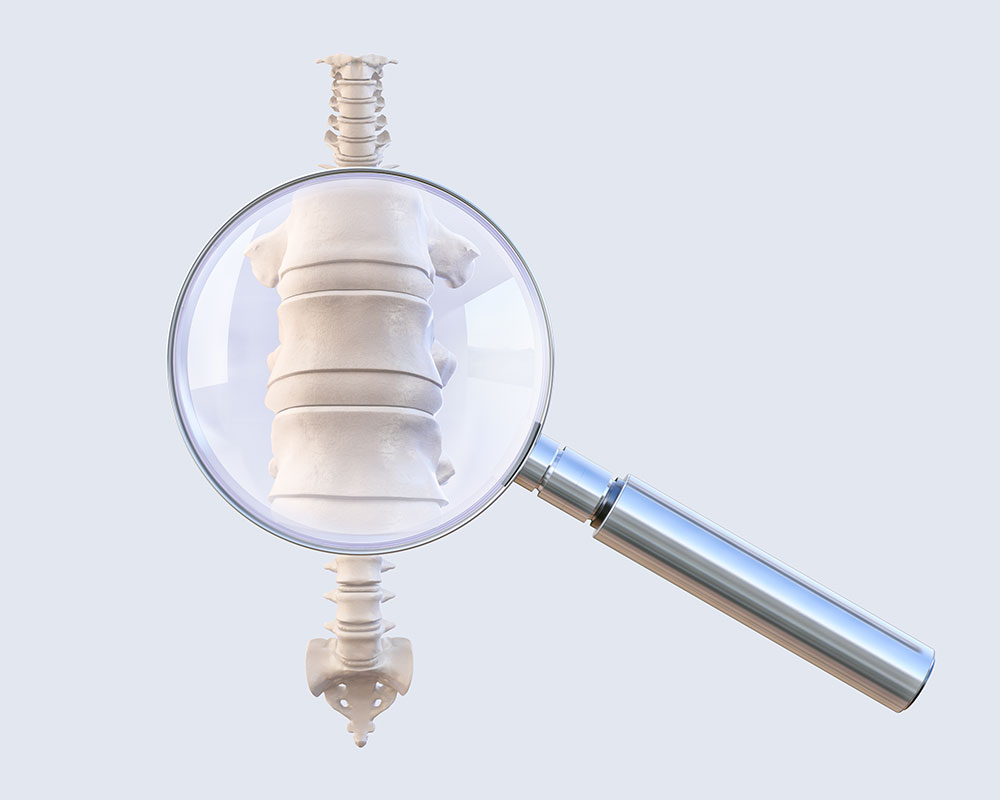
Understanding the Differences Between Cervical and Lumbar Herniated Discs
Herniated discs are a common spinal condition that can lead to significant discomfort and impairment. While both cervical and lumbar herniated discs involve the displacement of intervertebral discs, they occur in different regions of the spine and manifest unique symptoms. This blog aims to explore the distinctions between cervical and lumbar herniated discs, including their symptoms, causes, risk factors and treatment options.
Cervical Herniated Disc
Cervical herniated discs occur in the cervical spine, which comprises the first seven vertebrae (C1 to C7) in the neck. Symptoms may include localized neck pain, radiating pain down the arms, numbness or tingling in the arms and hands, muscle weakness and headaches. These herniations often result from age-related wear and tear, injury or repetitive stress on the neck. Risk factors include age, occupational hazards and genetics.
Treatment Options
Treatment for cervical herniated discs may involve physical therapy to strengthen neck muscles and improve flexibility. In severe cases of cervical herniated discs, surgery may be necessary to alleviate symptoms and restore function. The most common procedure is anterior cervical discectomy and fusion (ACDF), where the herniated disc is removed and the vertebrae are fused to stabilize the spine.
Lumbar Herniated Disc
Lumbar herniated discs occur in the lumbar spine, which consists of the lower back vertebrae (L1 to L5). Symptoms often include persistent lower back pain, sciatica (pain that radiates down the legs), numbness or tingling in the legs and feet and muscle weakness. Like cervical herniated discs, lumbar discs are often caused by degeneration, injury or strain. Key risk factors include heavy lifting, a sedentary lifestyle and obesity.
Treatment Options
Treatment approaches for lumbar herniated discs typically involve physical therapy for strengthening the back. Surgical options may include a microdiscectomy, which removes the herniated portion of the disc, or a laminectomy, which relieves pressure on the spinal nerves. These surgical interventions can provide significant relief when conservative treatments are ineffective.
Key Differences
While both types of herniated discs share common characteristics, several key differences set them apart. Cervical herniated discs primarily impact the neck and arms, whereas lumbar discs affect the lower back and legs. Additionally, the activities that exacerbate symptoms can differ; lumbar issues may worsen with bending or lifting, while cervical issues can be aggravated by neck movements.
Understanding the differences between cervical and lumbar herniated discs is essential for recognizing symptoms and seeking appropriate treatment. If you or someone you know is experiencing discomfort in the neck or lower back, it’s vital to consult with a healthcare professional for accurate diagnosis and tailored treatment options. At Atlantic Spine Specialists, we are available to discuss your options and guide you through the best course of action. By addressing these conditions early, you can mitigate their impact on your daily life and overall well-being. Contact us today at 973.971.3500.